
In the realm of design, visual communication is a powerful tool that transcends language and cultural barriers. When tackling a global issue like rhino poaching, where the target audience may come from diverse backgrounds, visual communication becomes essential. This was the driving force behind my campaign to save the rhinos, where I aimed to convey crucial messages through a series of posters that could speak directly to the heart, regardless of the viewer’s language or cultural context.
Harnessing Visual Communication
The primary challenge in this project was to create meaningful designs that could communicate complex ideas without relying on text. The goal was to reach poachers from countries such as Vietnam, China, and the Philippines, where language differences could hinder the effectiveness of written messages. By focusing on visual communication, I sought to create posters that could stand alone, delivering powerful messages through imagery alone.
Through practice and iteration, I learned that visual communication is not just about creating attractive images but about conveying a message that resonates with the viewer. My early sketches relied heavily on text, but as the project evolved, I challenged myself to create visuals that could speak for themselves. This journey led to the development of four key posters, each addressing a different aspect of the rhino poaching crisis.
The Power of Negative Space
One of the most significant design elements I embraced in this project was the use of negative space. Negative space, or the empty space around and between the subjects of an image, can be a powerful tool in design. It allows key elements to stand out, directs the viewer’s attention, and can even carry its own meaning. In my posters, I used negative space to simplify the designs and emphasize the critical aspects of the message.
By limiting my color palette to black and white and focusing on the strategic use of space, I was able to create clean, impactful designs. This minimalist approach not only enhanced the visual clarity of the posters but also made the messages more accessible to a global audience.
Breaking Down the Four Posters:
Each poster in this series represents a different facet of the rhino poaching crisis, using visual communication and negative space to convey powerful messages. By focusing on the most critical aspects of the issue, these designs aim to provoke thought and inspire action. Below, I detail the process and intent behind each of the four posters, highlighting how these elements come together to create a compelling narrative.
1. The Poaching of Rhinos for Their Horns
The first poster in the series focuses on the tragic reality of rhino poaching. My goal was to illustrate the devastating exchange where a rhino’s life is sacrificed for its horn—a stark symbol of human greed. By using negative space, I was able to emphasize the sorrow of the rhino and the satisfaction of the poacher, creating a powerful visual narrative without the need for words. The contrast between the sad rhino and the triumphant poacher draws the viewer’s eye and conveys the gravity of the situation.
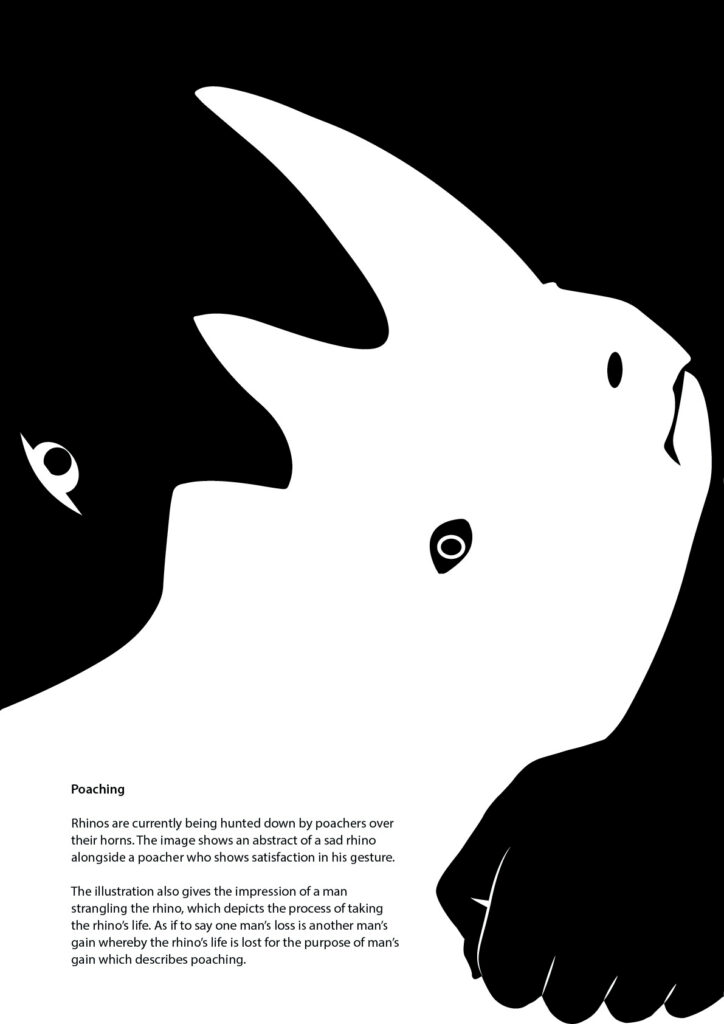
2. Poaching is Risky and Punishable
The second poster addresses the risks and legal consequences of poaching. The challenge was to depict the idea that poaching is not only immoral but also carries severe punishments. Here, negative space plays a crucial role in highlighting the surrendering poacher, who is caught in the act. The white rhino in the background symbolizes the innocent victim, while the dark negative space surrounding the poacher underscores the danger and illegality of his actions. The simplicity of the design reinforces the message that poaching leads to inevitable punishment.
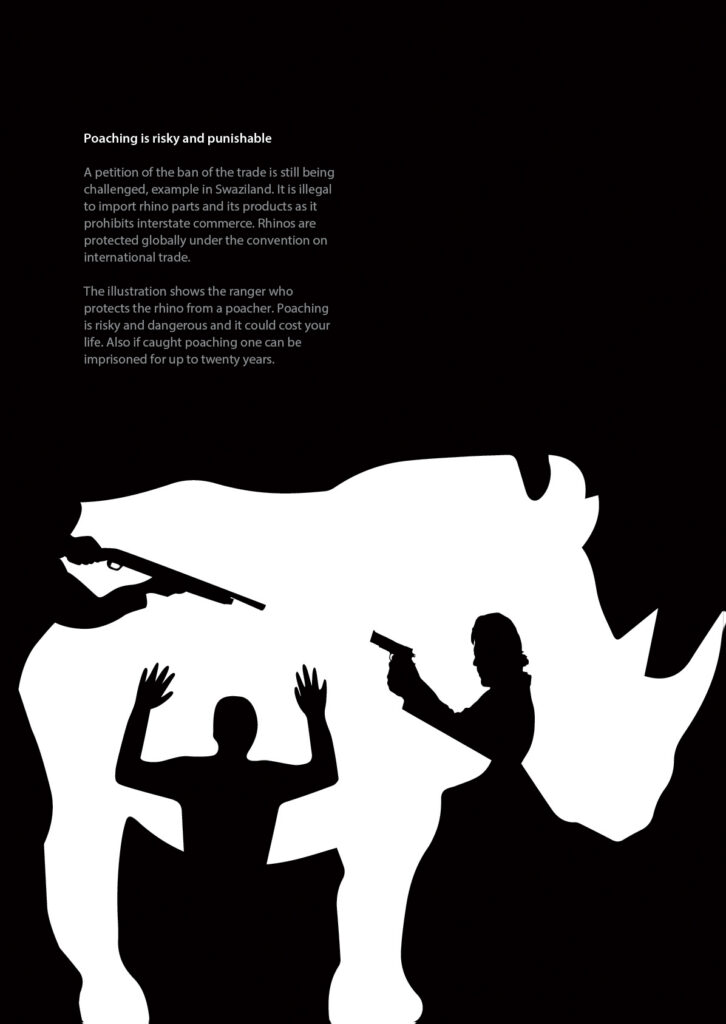
3. The Value of a Rhino Horn
The third poster explores the perceived value of rhino horns, often compared to gold. My design process involved various iterations, but the final image effectively uses negative space to convey the misguided greed of the poacher. The image of a poacher digging for a rhino horn while ignoring the gold beneath him symbolizes the irrational value placed on the horn. The white rhino looking on helplessly in the background further emphasizes the absurdity and tragedy of this misplaced value. The minimalist design, with its use of black and white, focuses the viewer’s attention on the poacher’s greed and the rhino’s plight.
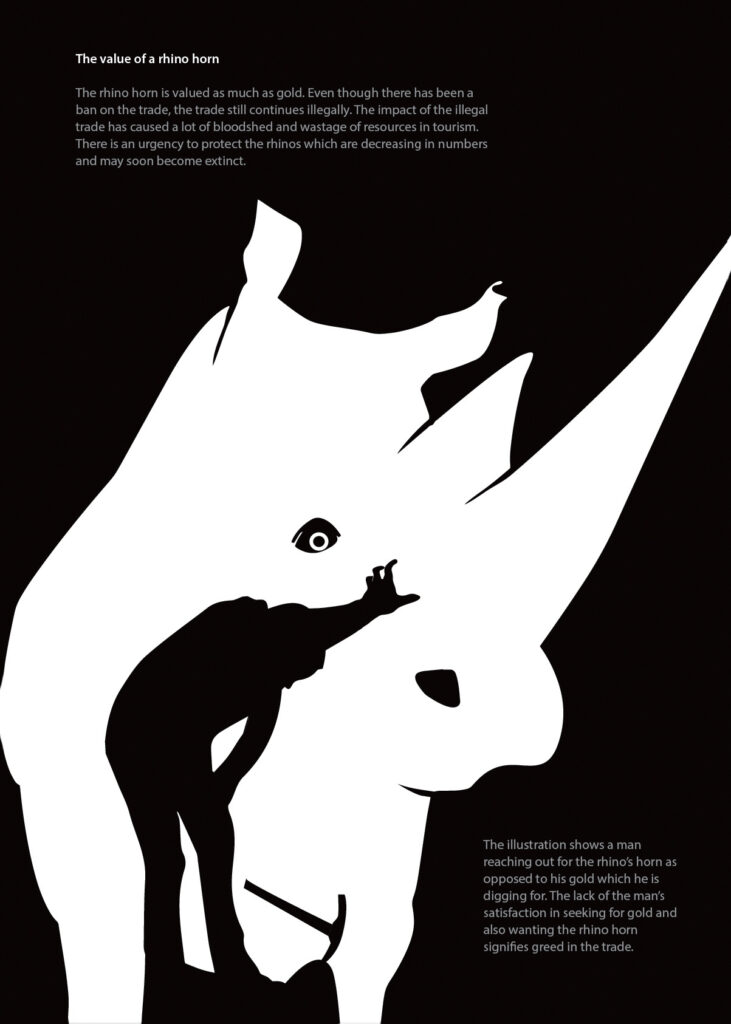
4. No Research Shows It Has Medicinal Value
The final poster addresses the myth that rhino horns possess medicinal properties. This poster uses negative space to contrast the horn with scientifically proven medicine, represented by a pill. By placing the horn in a central position, surrounded by white space, I highlighted the absurdity of choosing an unproven remedy over real medicine. The minimalistic design draws the viewer’s eye to the stark choice between superstition and science, emphasizing the lack of evidence supporting the medicinal use of rhino horns.
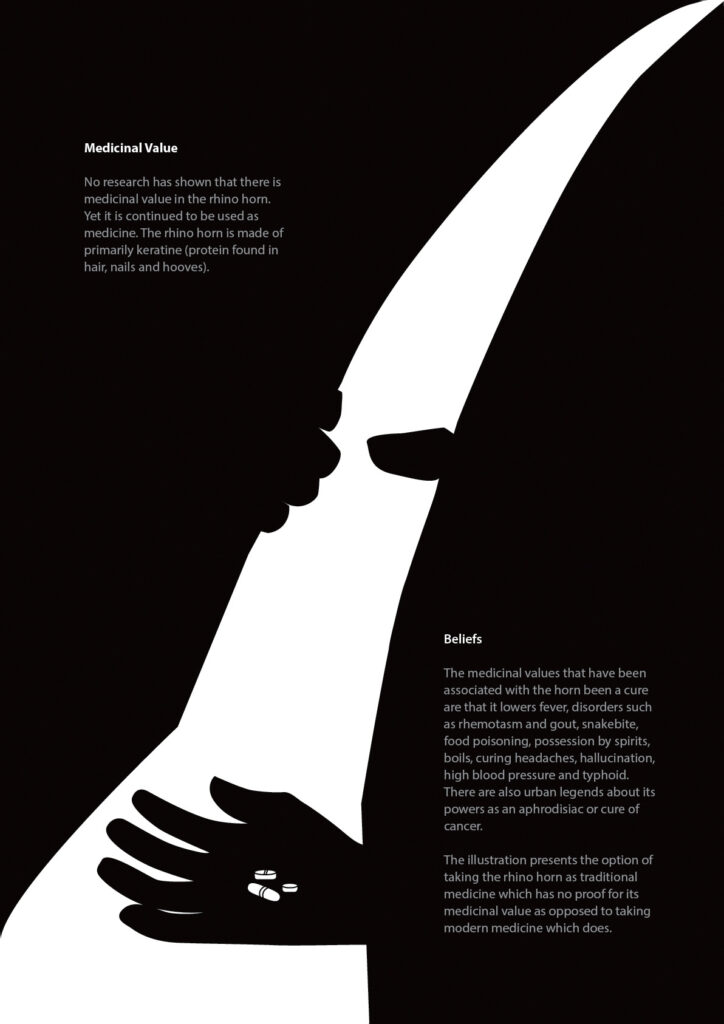
Conclusion
This campaign was not just about creating visually appealing posters; it was about using visual communication and negative space to convey critical messages in the fight against rhino poaching. Each poster in the series evolved from an initial concept into a refined design that speaks directly to the viewer, transcending language barriers and cultural differences.
By focusing on the strategic use of space and the power of visual storytelling, I was able to create a series of posters that are both impactful and thought-provoking. These posters serve as a call to action, urging viewers to reconsider their perceptions of rhino poaching and join the fight to protect these endangered animals.
As you view each poster, consider the underlying messages and the design choices that brought them to life. These visuals are more than just art—they are tools for change in the ongoing battle against poaching.






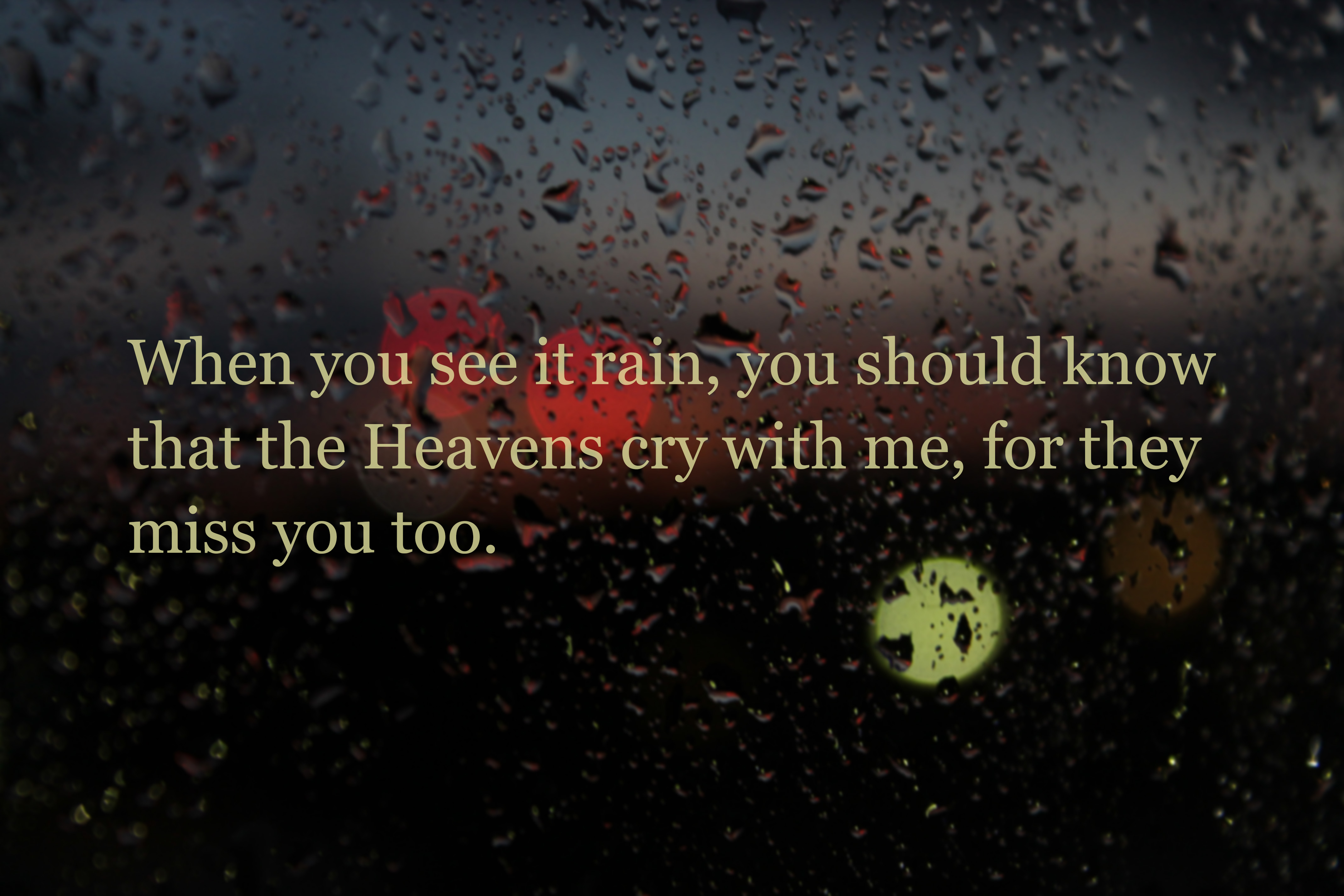
There are 6 comments
I quite like reading through an article that can make men and women think.
Also, thanks for allowing me to comment!
You are welcome! Thanks for reading and I am glad you enjoyed it.
It’s actually a great and helpful piece of information. I’m satisfied that you shared this helpful info with us.
Please keep us up to date like this. Thank you for sharing.
Always, I appreciate it!
Hi there, just became aware of your blog through Google, and found that it’s truly informative.
I’m gonna watch out for brussels. I’ll appreciate if you continue this in future.
Many people will be benefited from your writing.
Cheers!
Thanks, and cheers mate!